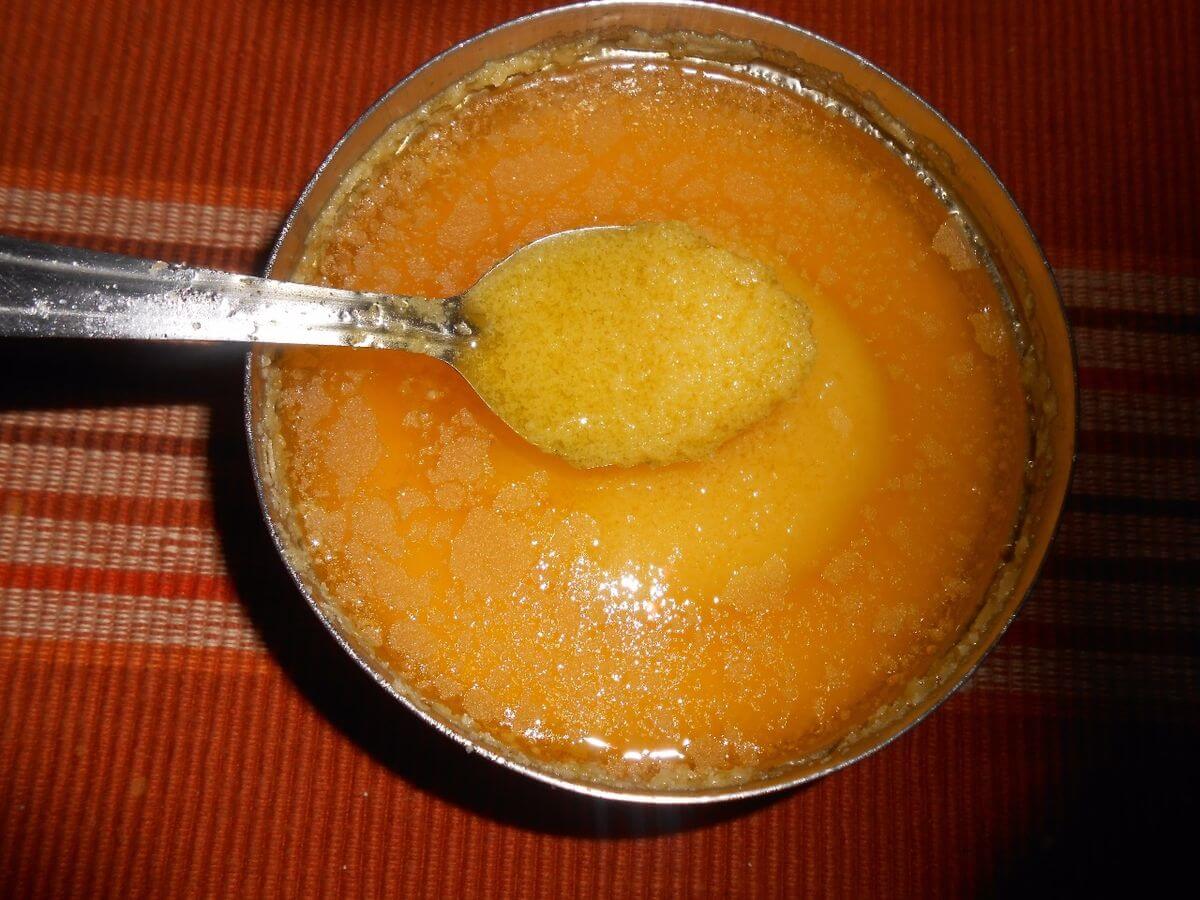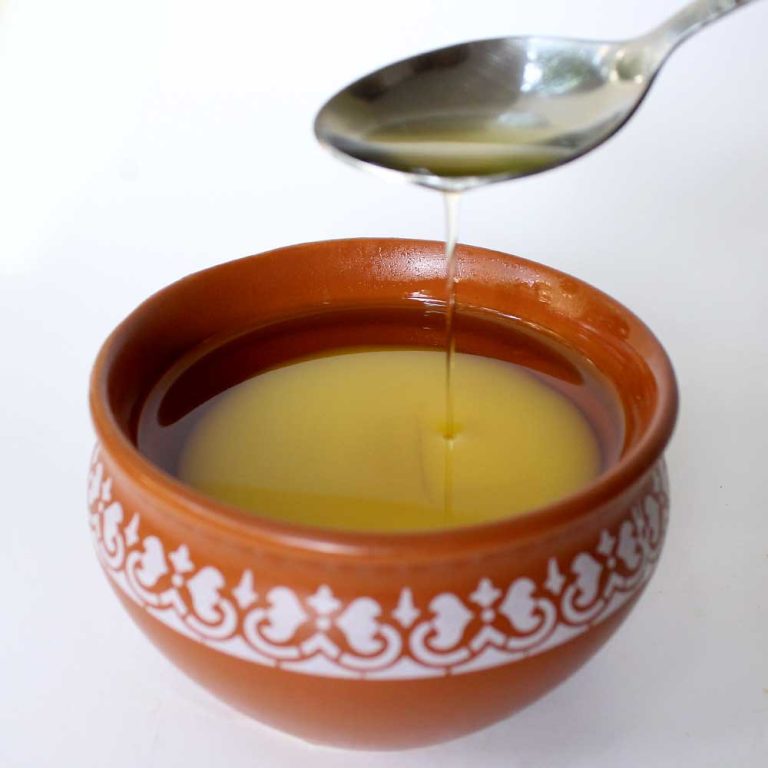Is Ghee Low FODMAP? Know Before You Eat!
If you’re exploring the world of low FODMAP diets, you may be curious about the question – is ghee low FODMAP?
Good news! Ghee is indeed low FODMAP! It can be a valuable fat source for those following the IBS or low FODMAP dietary plan. However, ghee contains a lot of saturated fat which could be a concern for some people. Therefore, you need to take that into account if you are worried about your cholesterol levels.
Find out how to incorporate ghee in your low FODMAP meals.
What Is Ghee? Is Ghee Low FODMAP?
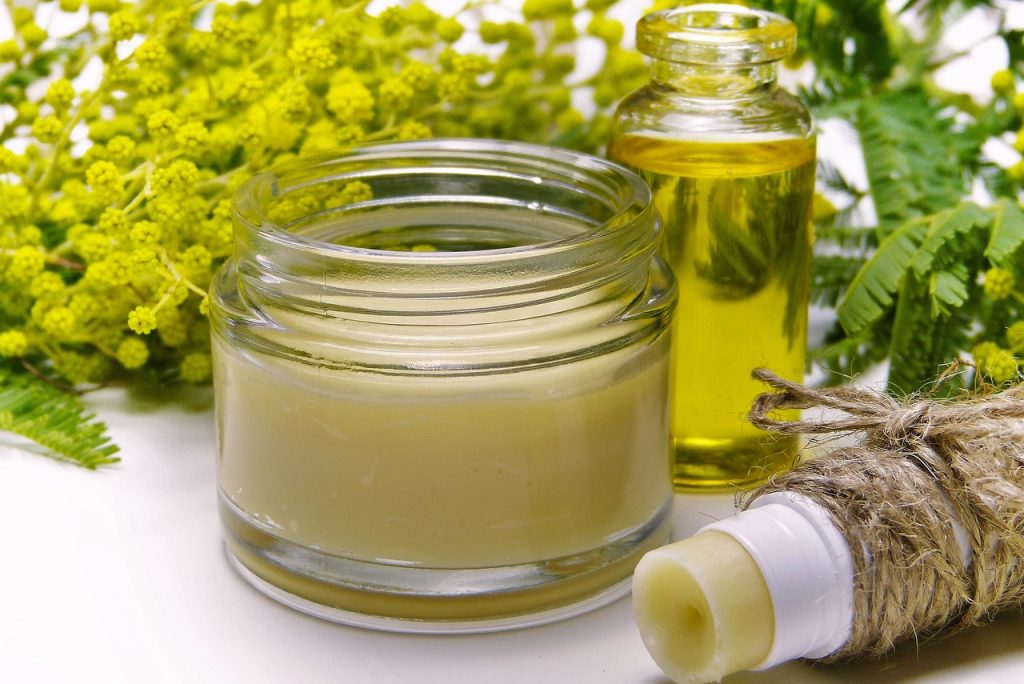
Ghee is a type of clarified butter that has been used for centuries in South Asian cuisine, Ayurvedic medicine, and various religious rituals.
To make ghee, butter is heated and simmered, which separates the milk solids from the fat. The milk solids are then removed, leaving behind a golden liquid rich in taste and aroma.
Ghee is considered low FODMAP since the milk solids have been removed, and it’s mostly composed of fat. However, it’s always a good idea to consume it in moderation, as everyone’s tolerance to certain foods can vary.
FODMAP Content in Ghee
Ghee is essentially clarified butter, meaning that the milk solids and impurities have been removed during the production process.
This results in ghee being almost pure fat, making it very low in carbohydrates and sugars. Since FODMAPs are carbohydrates, it’s safe to say that ghee is indeed low in FODMAPs and can be consumed by those on a low FODMAP diet without causing any digestive issues1.
While butter also has a low FODMAP content, some individuals with lactose intolerance or dairy sensitivities might find ghee to be a better alternative, thanks to the absence of lactose and casein.
Nutrition Table
| Nutrient | Amount per 1 tbsp (14g) of Ghee |
|---|---|
| Calories | 120 kcal |
| Total Fat | 14g |
| Saturated Fat | 9g |
| Monounsaturated Fat | 4g |
| Polyunsaturated Fat | 0.5g |
| Cholesterol | 30mg |
| Sodium | 0mg |
| Total Carbohydrate | 0g |
| Fiber | 0g |
| Sugar | 0g |
| Protein | 0g |
Glucose, Fructose, and Excess Fructose per Serving Suggestion
| Sugar Component | Amount per 1 tbsp (14g) of Ghee |
|---|---|
| Glucose | 0g |
| Fructose | 0g |
| Excess Fructose | 0g |
To sum it up, ghee is a suitable choice for those following a low FODMAP diet as it contains virtually no FODMAPs, lactose, or casein. It can be used as a cooking fat and for added flavor in your recipes. As always, be mindful of portion sizes and enjoy ghee as part of your FODMAP-friendly meal plan.
Health Benefits of Ghee
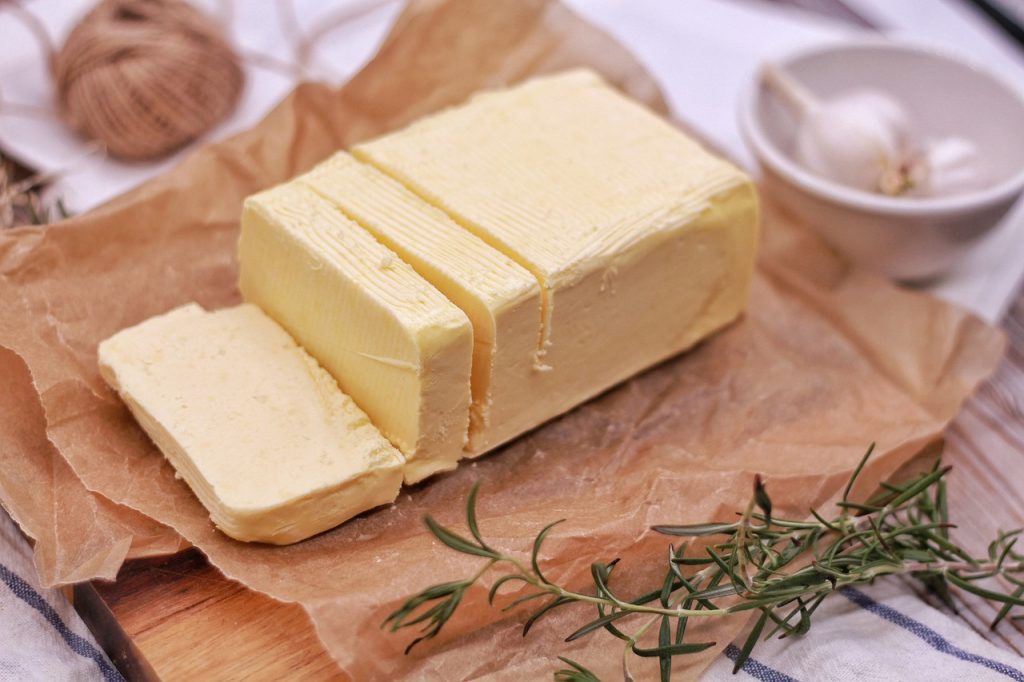
Gut Health
Ghee is a popular ingredient in many low FODMAP diets due to its low lactose content, which makes it suitable for those with sensitive stomachs.
It contains butyrate, a short-chain fatty acid that may help in maintaining the health of your gut lining and promoting the growth of beneficial bacteria. Incorporating ghee into your diet can also aid digestion and reduce inflammation in your gastrointestinal tract.
Heart Health
While ghee is a saturated fat, it has been shown to have positive effects on heart health. It contains conjugated linoleic acid (CLA) which may help reduce inflammation and improve cardiovascular health.
Additionally, ghee is a good source of healthy monounsaturated fats that can support balanced cholesterol levels and promote overall heart health. Remember to consume ghee in moderation, as it can still contribute to your daily fat intake.
Immunity Boosting
One of the lesser-known benefits of ghee is its potential to support your immune system. Ghee is rich in fat-soluble vitamins A, D, E, and K, which play a crucial role in maintaining overall health and supporting the immune system.
Furthermore, ghee’s butyrate content can help reduce inflammation, which is a key element in maintaining a healthy immune response. Incorporating ghee into your diet in moderation can contribute to a well-rounded immunity-boosting lifestyle.
Ghee vs. Other FODMAP Alternatives

Now, you might be wondering how ghee compares to other FODMAP alternatives. In this section, we will explore the differences between ghee, butter, oils, and non-dairy spreads and how they fit into a low FODMAP diet.
Butter
Butter is a dairy product made from the fat and protein components of milk or cream. It is high in saturated fat and can be difficult to digest for those with lactose intolerance.
While it may not be the best option for a strict low FODMAP diet, it can still be included in moderate amounts if you tolerate lactose well. However, ghee might be a better alternative for those with lactose sensitivities as it is made by clarifying butter, which removes most of the lactose content.
Oils
There are many types of oils that can be used in cooking, such as olive oil, coconut oil, sesame oil and canola oil.
Most oils are naturally low in FODMAPs and can be good alternatives to ghee for those looking to add variety to their diet. For example, olive oil and sesame oil are suitable for a low FODMAP diet and can be used in a variety of dishes.
Each oil has its own unique flavor profile and potential health benefits, so choose the ones you enjoy and work well with the ingredients you are using.
Non-Dairy Spreads
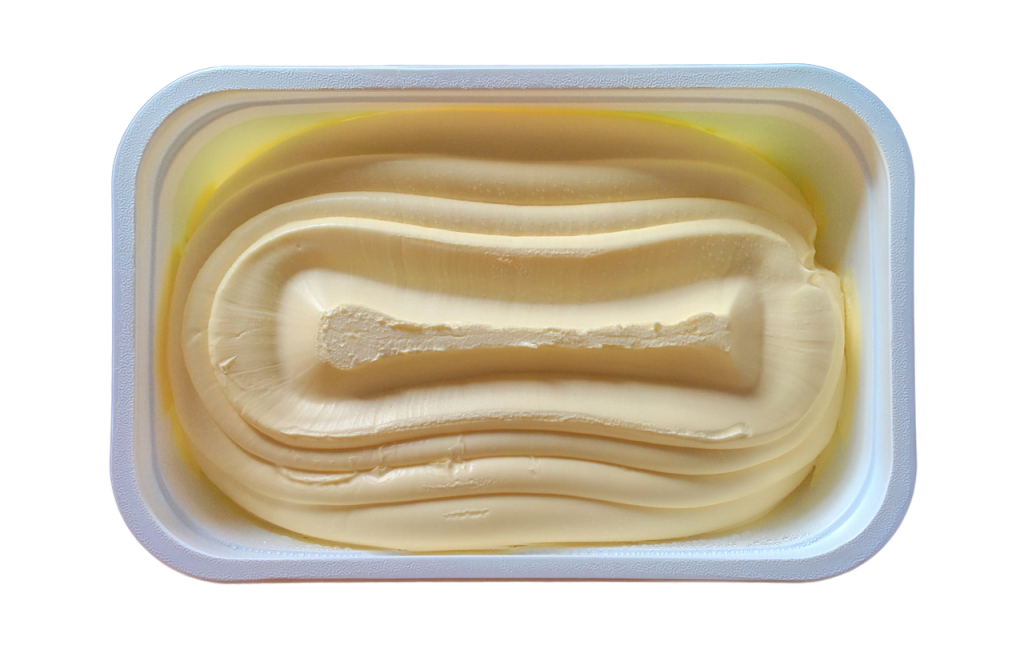
For those looking for a non-dairy option, there are several non-dairy spreads available that are suitable for a low FODMAP diet.
These often contain plant-based oils and can be found without any added high FODMAP ingredients. It is essential to check the ingredient list of non-dairy spreads to ensure they are low FODMAP compliant.
Also Read: Is Edamame Low FODMAP?
Incorporating Ghee into a Low FODMAP Diet
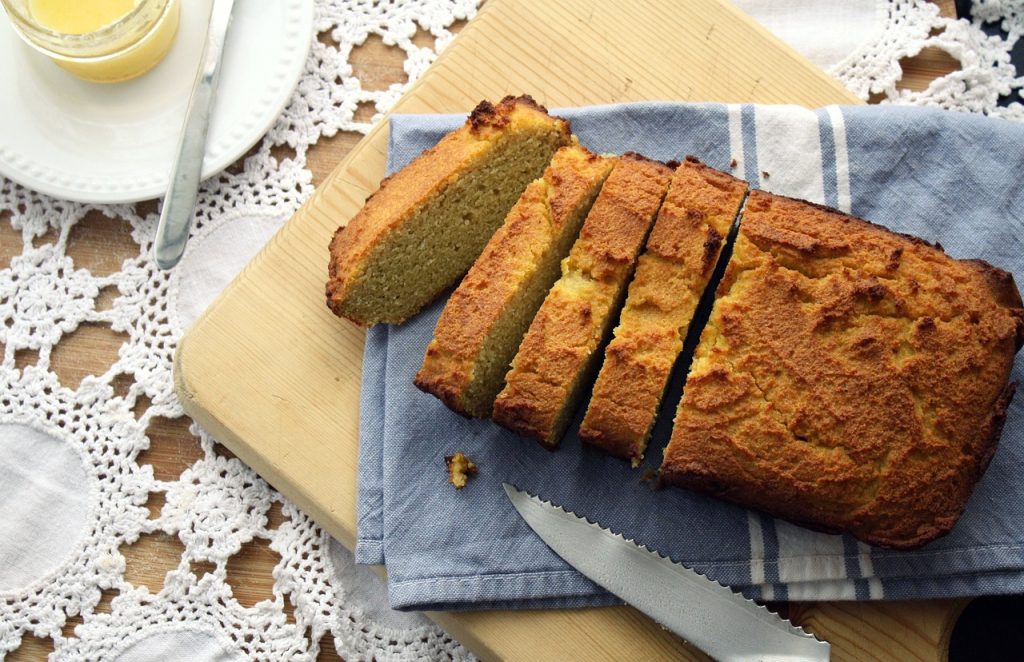
Know Safe Serving Sizes
When incorporating ghee into your low FODMAP diet, it’s essential to pay attention to serving sizes. Generally, you can safely consume up to 1 tablespoon of ghee per meal. Stick to this limit, as overconsumption may trigger symptoms in sensitive individuals.
Some Cooking Tips
Here are some easy and delicious tips for incorporating ghee into your low FODMAP meals:
- Stir fry: Replace your regular cooking oil with ghee for a rich, buttery flavor while making low FODMAP vegetable stir-fries.
- Roasting: Ghee has a high smoke point, making it perfect for oven roasting your favorite low FODMAP vegetables, like carrots or parsnips.
- Baking: Replace butter with ghee for a lactose-free alternative in low FODMAP recipes, like muffins or cookies.
- Sautéing: Add some ghee when you sauté low FODMAP proteins, like chicken, fish, or tofu, to enhance flavor and add a tasty twist to your meal.
Frequently Asked Questions
Is ghee suitable for IBS?
Ghee, a form of clarified butter, is generally well-tolerated by people with IBS due to its low lactose content. While it’s not specifically labeled as low FODMAP, many individuals with IBS find that they can consume ghee without experiencing symptoms. As always, listen to your body and consult your doctor for personalized advice.
Does ghee help reduce inflammation?
Ghee has been traditionally used in Ayurvedic medicine for its potential anti-inflammatory properties. Some research suggests that the short-chain fatty acids present in ghee may help reduce inflammation in the body.
However, more extensive studies are needed to fully understand the extent of ghee’s anti-inflammatory benefits. It’s essential to maintain a balanced diet and consult your healthcare professional for specific guidance.
Is ghee easier to digest compared to butter?
Yes, ghee is often considered easier to digest compared to butter because it contains less lactose and casein.
During the clarification process, most of the milk solids, including lactose and casein, are removed, leaving behind a product that is predominantly made up of fat. This makes ghee a suitable option for those with lactose intolerance or sensitivities.
Is ghee lactose-free?
Ghee is not entirely lactose-free, but it does have a significantly lower lactose content compared to regular butter.
The clarification process removes most of the milk solids, including lactose, making ghee a better option for those with lactose intolerance. If you have severe lactose intolerance, it’s crucial to check the specific ghee brand you’re using to ensure it meets your needs.
Which oils are low FODMAP alternatives?
If you’re looking for low FODMAP oil alternatives, there are several options available. Some examples include extra virgin olive oil, coconut oil, walnut oil, and macadamia nut oil.
These oils are not only low FODMAP but also offer various health benefits. Remember to incorporate them into your diet in moderation, as with any dietary fat.
Conclusion – Is Ghee Low FODMAP?
Yes, ghee is a great alternative to butter and other frying mediums due to its low FODMAP content. It has very less milk solids and that makes it a great choice for people with dairy allergies.
Please remember that ghee is also full of saturated fats which can increase your total cholesterol levels. If in doubt, consult your physician whether ghee is right for you.

Jane Porter is an architect that like many others, had her life significantly impacted by digestive problems for many year. Trying to find a solution to her digestive problem, she came across the low FODMAP diet, a scientifically-backed approach designed to alleviate symptoms associated with irritable bowel syndrome (IBS) and other digestive disorders.

